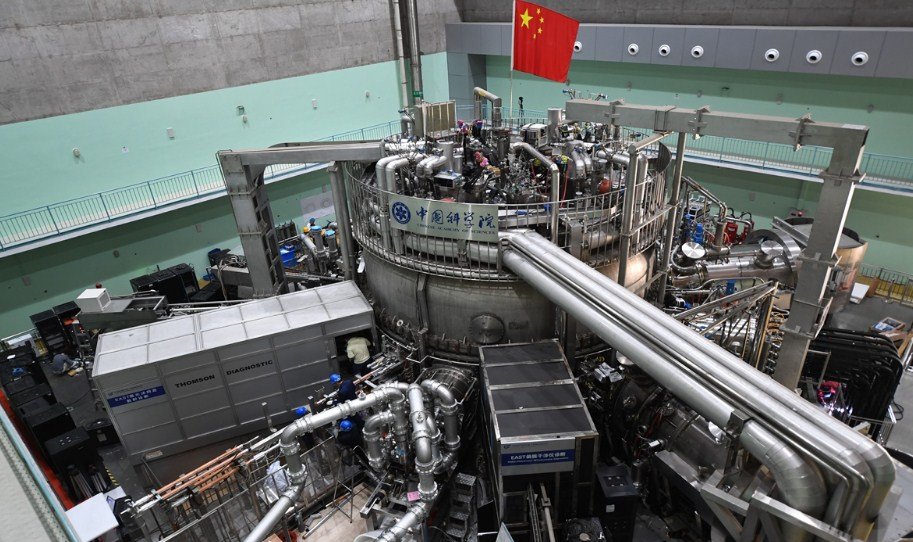South Korea has made a breakthrough in nuclear fusion research by achieving a plasma temperature of over 100 million degrees Celsius for 30 seconds, the longest duration ever recorded.
What is nuclear fusion and why is it important?
Nuclear fusion is the process of fusing two or more lighter atoms into a heavier one, releasing a huge amount of energy in the process. This is the same reaction that powers the sun and other stars. Unlike nuclear fission, which splits atoms and produces radioactive waste, nuclear fusion is clean, safe and virtually limitless.
Nuclear fusion has been considered the holy grail of energy production, as it could provide a sustainable and carbon-free solution to the world’s growing energy demand. However, achieving and sustaining nuclear fusion on Earth has been extremely challenging, as it requires extremely high temperatures and pressures to overcome the natural repulsion between positively charged nuclei.
How did South Korea achieve this feat?
South Korea’s Korea Superconducting Tokamak Advanced Research (KSTAR) facility, also known as the Korean artificial sun, is a device that uses powerful magnetic fields to confine and heat plasma, a state of matter where electrons are separated from nuclei. The KSTAR team has been working on increasing the plasma temperature and duration, which are key factors for achieving nuclear fusion.
On March 18, 2023, the KSTAR team announced that they had successfully maintained a plasma temperature of over 100 million degrees Celsius for 30 seconds, breaking their previous record of 20 seconds set in 2022. This is also the longest duration ever achieved by any fusion device in the world. The team used a technique called internal transport barrier (ITB) to stabilize the plasma and prevent heat loss.
The KSTAR team also claimed that they had achieved a net energy gain from their experiment, meaning that they produced more energy than they consumed. This is another milestone for fusion research, as no other fusion device has ever reached this point. The team said that they had measured a fusion power of 1.8 megawatts, which exceeded their input power of 0.7 megawatts.
What are the implications and challenges of this achievement?
The achievement of South Korea’s KSTAR team is a significant step forward for nuclear fusion research, as it demonstrates the feasibility and potential of this technology. It also puts South Korea in a leading position in the global race for fusion energy, along with other countries such as China, France, Japan and the US.
However, there are still many challenges and uncertainties ahead for nuclear fusion development. For instance, the KSTAR team has not yet published their results in a peer-reviewed journal, so their claims need to be verified by independent experts. Moreover, achieving a stable and continuous fusion reaction for longer periods of time and at larger scales will require more advanced technology and engineering. Finally, the cost and safety issues of building and operating fusion reactors will need to be addressed before they can become commercially viable.
Nuclear fusion is still a long way from becoming a reality, but South Korea’s KSTAR team has shown that it is not impossible. Their achievement is a remarkable example of human ingenuity and perseverance in pursuit of a cleaner and brighter future.

